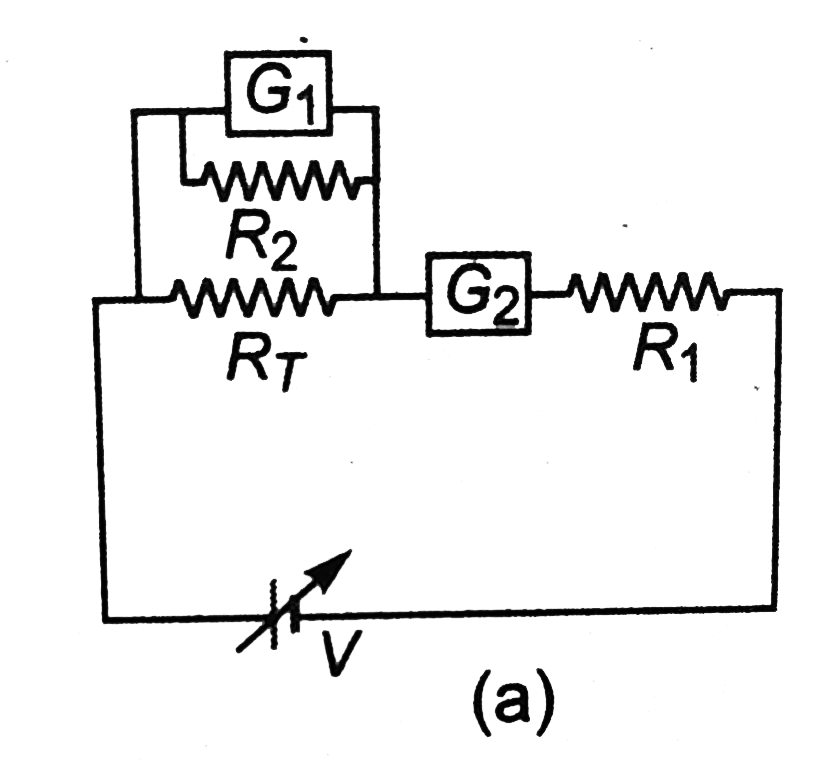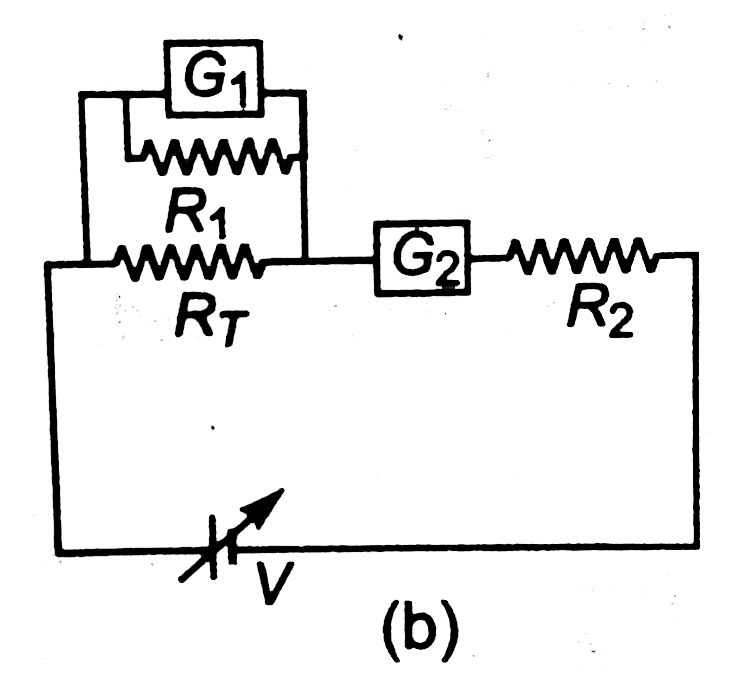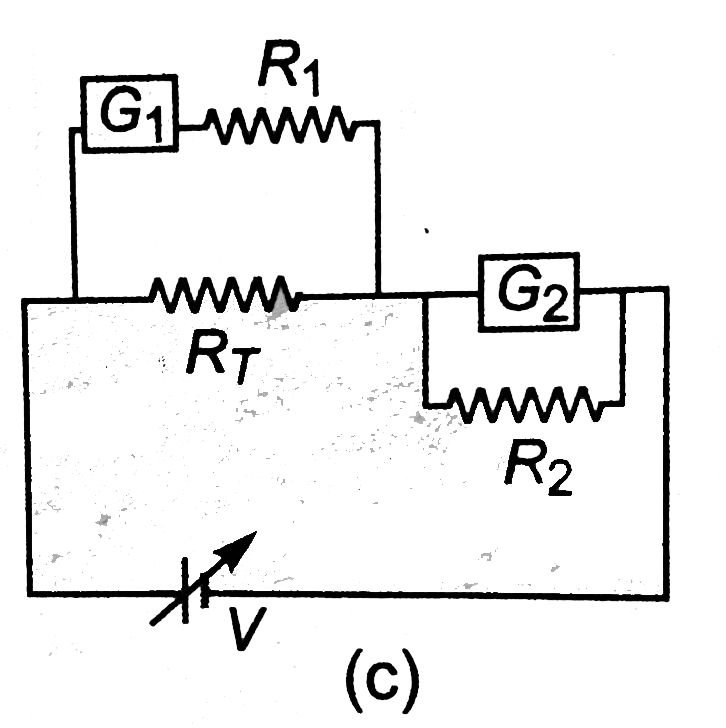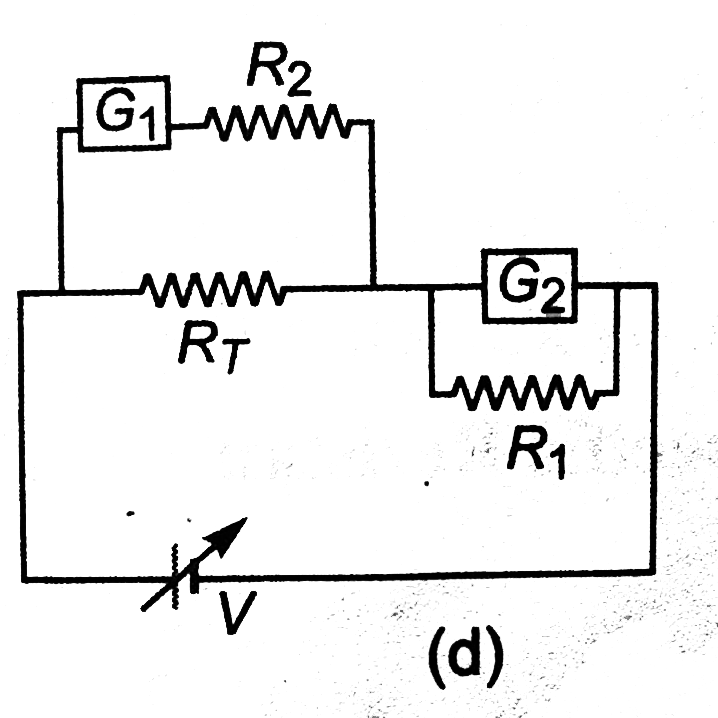A thin wire has length of 21.7 cm and radius 0.46 mm. Calculate the volume of the wire to correct significant figures?
To solve the problem of calculating the volume of a thin wire given its length and radius, we will follow these steps:
Step 1: Convert the radius to centimeters
The radius is given in millimeters (0.46 mm). We need to convert this to centimeters since the length is given in centimeters.
Radius in cm=0.46 mm10=0.046 cm
Step 2: Identify the formula for the volume of a cylinder
The volume V of a cylinder is calculated using the formula:
V=πr2h
where r is the radius and h is the height (or length in this case).
Step 3: Substitute the values into the formula
Now, we can substitute the values of the radius and length into the formula. The length L is given as 21.7 cm.
V=π(0.046 cm)2(21.7 cm)
Using π≈227 for calculation:
V=227×(0.046)2×21.7
Step 4: Calculate the volume
First, calculate (0.046)2:
(0.046)2=0.002116
Now substitute this back into the volume formula:
V=227×0.002116×21.7
Calculating 227≈3.142857:
V≈3.142857×0.002116×21.7
Calculating 3.142857×0.002116:
≈0.006651
Now multiply by 21.7:
V≈0.006651×21.7≈0.1443 cm3
Step 5: Determine the correct significant figures
Now we need to round the volume to the correct number of significant figures. The length (21.7 cm) has 3 significant figures, and the radius (0.046 cm) has 2 significant figures. The final result should have the minimum significant figures, which is 2.
The calculated volume is 0.1443 cm³, which has 4 significant figures. To round this to 2 significant figures:
- The first two digits are 14, and the next digit is 4 (which is less than 5), so we do not round up.
Thus, the volume rounded to 2 significant figures is:
V≈0.14 cm3
Final Answer
The volume of the wire is approximately 0.14 cm³.
---
The radius is given in millimeters (0.46 mm). We need to convert this to centimeters since the length is given in centimeters.
The volume V of a cylinder is calculated using the formula:
Now, we can substitute the values of the radius and length into the formula. The length L is given as 21.7 cm.
First, calculate (0.046)2:
Now we need to round the volume to the correct number of significant figures. The length (21.7 cm) has 3 significant figures, and the radius (0.046 cm) has 2 significant figures. The final result should have the minimum significant figures, which is 2.
The volume of the wire is approximately 0.14 cm³.
Topper's Solved these Questions
- UNITS, DIMENSIONS & ERROR ANALYSIS Book:DC PANDEY ENGLISHChapter:UNITS, DIMENSIONS & ERROR ANALYSIS Exercise:Check Point 1.1
Explore 25 Videos
- UNITS, DIMENSIONS & ERROR ANALYSIS Book:DC PANDEY ENGLISHChapter:UNITS, DIMENSIONS & ERROR ANALYSIS Exercise:Check Point 1.2
Explore 10 Videos
- UNIT AND DIMENSIONSBook:DC PANDEY ENGLISHChapter:UNIT AND DIMENSIONSExercise:Assertion And Reason
Explore 2 Videos
- VECTORSBook:DC PANDEY ENGLISHChapter:VECTORSExercise:Medical enrances gallery
Explore 9 Videos
Similar Questions
A thin wire has a length of 21.7 cm and radius 0.46 mm. Calculate the volume of the wire to correct significant figures.
View SolutionThe length of a rod is 2.5 cm and diameter is 2.5 mm. The volume of the rod with due consideration to significant figures is
View SolutionIn an experiment, current measured is, I=10.0A, potential difference measured is V=100.0V, length of the wire is 31.4cm and the diameter of the wire 2.00mm (all in correct significant figures). Find resistivity of the wire in correct significant figures. [Take π=3.14, exact].
(a)
(b)
(c)
(d) .
.
View SolutionRadius of a wire is 2.50 mm. The length of the wire is 50.0 cm. If mass of wire was measured as 25g, then find the density of wire in correct significant figures.
[Given,π=3.14,exact]
View SolutionThe pitch of a screw gauge is 1mm and there are 100 divisions on circular scale. While measuring the diameter of a wire, the linear scale reads 1 mm and 47th division on circular scale coincides with reference line. The length of the wire is 5.6 cm. Find the curved surface area of the wire in cm2 to correct number of significant figures.
View SolutionFrom some instruments current measured is I=10.0amp, potential different measured is V=100.0V, length of wire is 31.4cm, and diameter of wire is 2.00mm (all in correct significant figure). The resistivity of wire (in correct significant figures)will be (use π=3.14)
View SolutionA cube has a side of length 2.342m. Find volume and surface area in correct significant figures.
View SolutionA load of 4.0 kg is suspended from a ceiling through a steel wire of length 20 m and radius 2.0 mm. It is found that the length of the wire increases by 0.031 mm as equilibrium is achieved. Find Young modulus of steel. Take g=3.1πms−2
View SolutionCalculate the density of a body of mass (10±0.6)g and volume (4.4±0.7)cm3, to the correct significant figures?
View SolutionThe radius of a sphere is 6.01 cm. Its volume to four significant figures is
View Solution